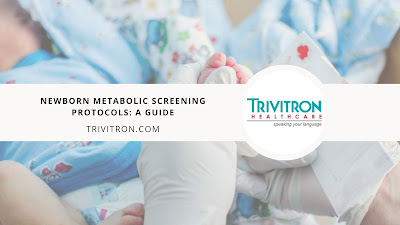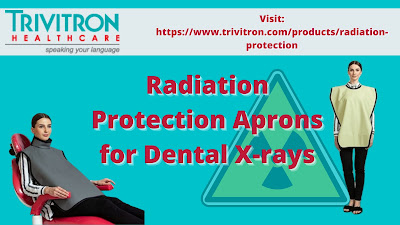Newborn Metabolic Screening Protocols: A Guide

Bringing the infant home is a thrilling experience for parents. The screening of infants for numerous disorders has become mandatory in modern times. Screening an infant guarantees that the infant is devoid of any disorder that is not evident at birth. It also eliminates the risk of any prospective aberration that could develop into a major worry over time. Newborn screening is on the cusp of becoming standard practise as people become more health conscious. The government has also acknowledged its significance and has been crucial in making newborn metabolic screening a mandatory medical procedure. A "walkthrough" will aid in gaining greater understanding of the topic. Typically, newborn genetic screening begins 48 hours after birth, while the infant is still in the hospital. Any time after the prescribed deadline poses a danger of delayed treatment for a newborn who, by chance, may test positive for any ailment, and a delay in treatment may cause certain treatable disord...
